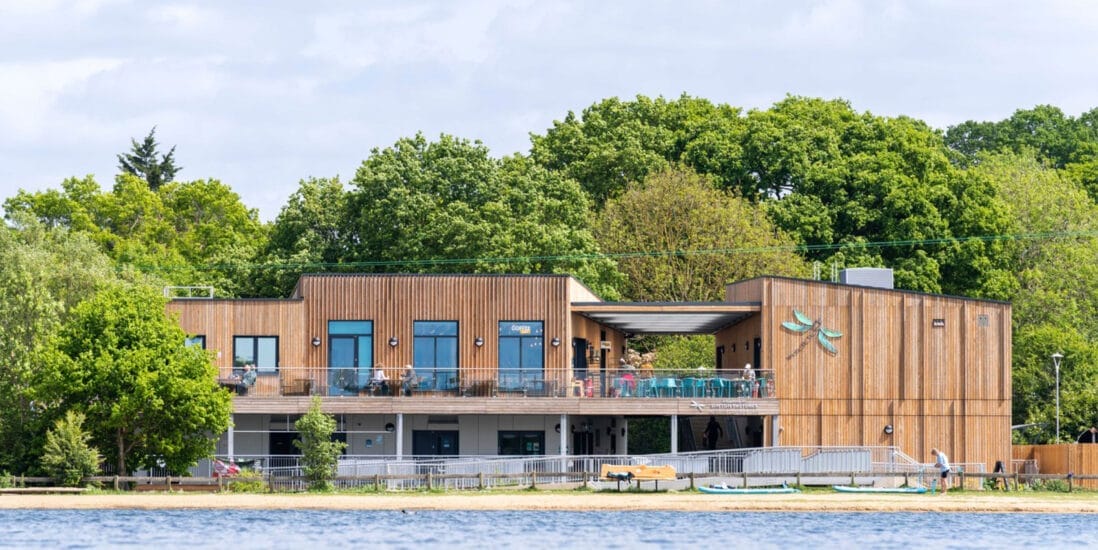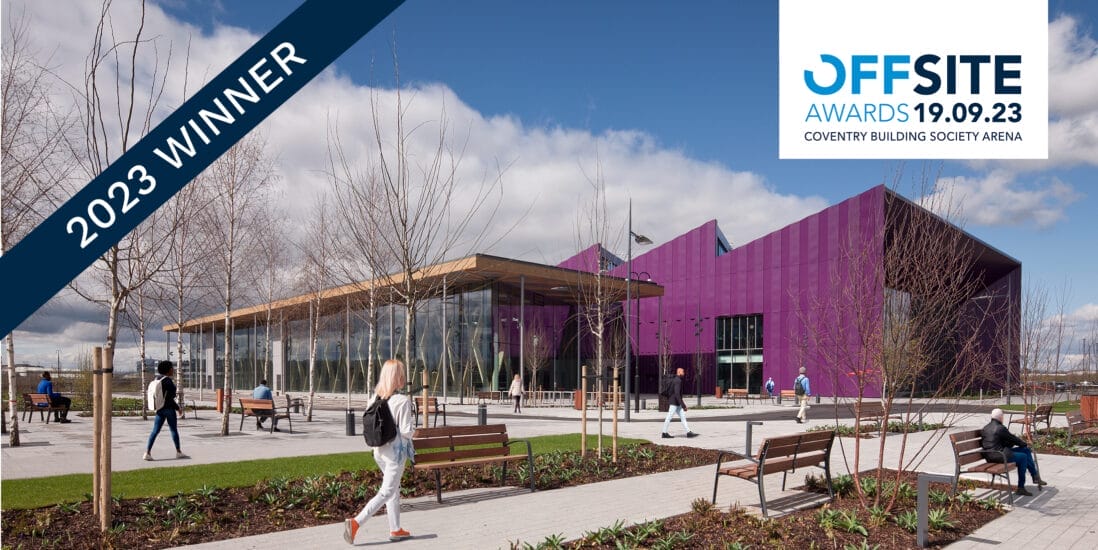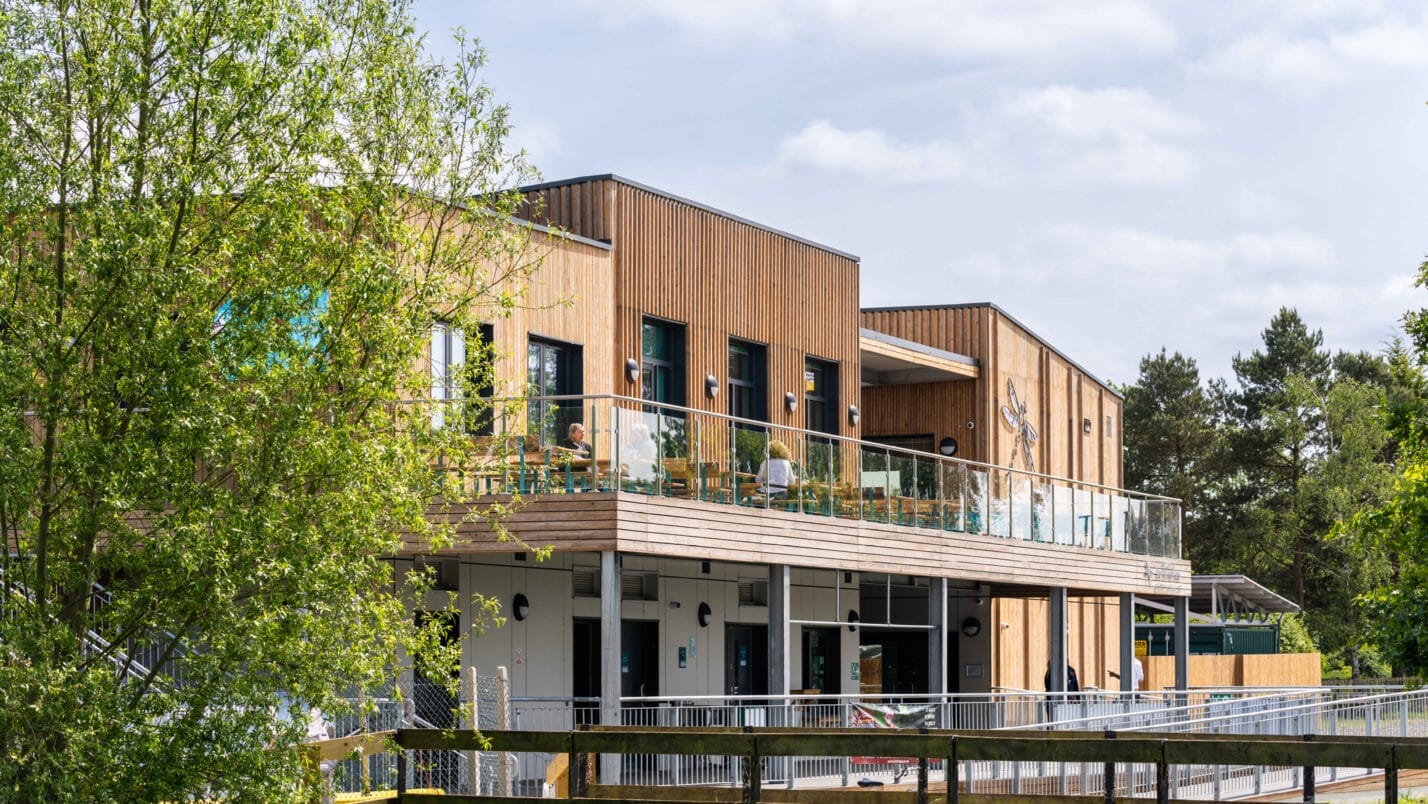
Why we need to Think: Offsite
From more efficiency, to cost savings, improved quality, and sustainability, modular construction is increasingly recognised for the many benefits it can provide to the construction industry.
Since 1994, every major review of the construction industry has in some way recommended a move towards offsite construction. However, in some parts of the world, including the UK, take up has until recently, remained low, with less than five per cent of housing projects described as modular.
Here in the UK, we remain conflicted. The experience of poorly performing post-war prefabricated buildings and temporary classrooms has left its mark on perceptions, and yet there is increasing evidence that a manufactured approach to building has many advantages over traditional construction methods. Government has recognised a need for investment in the offsite industry that addresses labour skills shortages and a drive to reduce carbon emissions. There is little doubt that the proportion of offsite manufactured buildings is set to increase dramatically over the next decade, and with good reason.
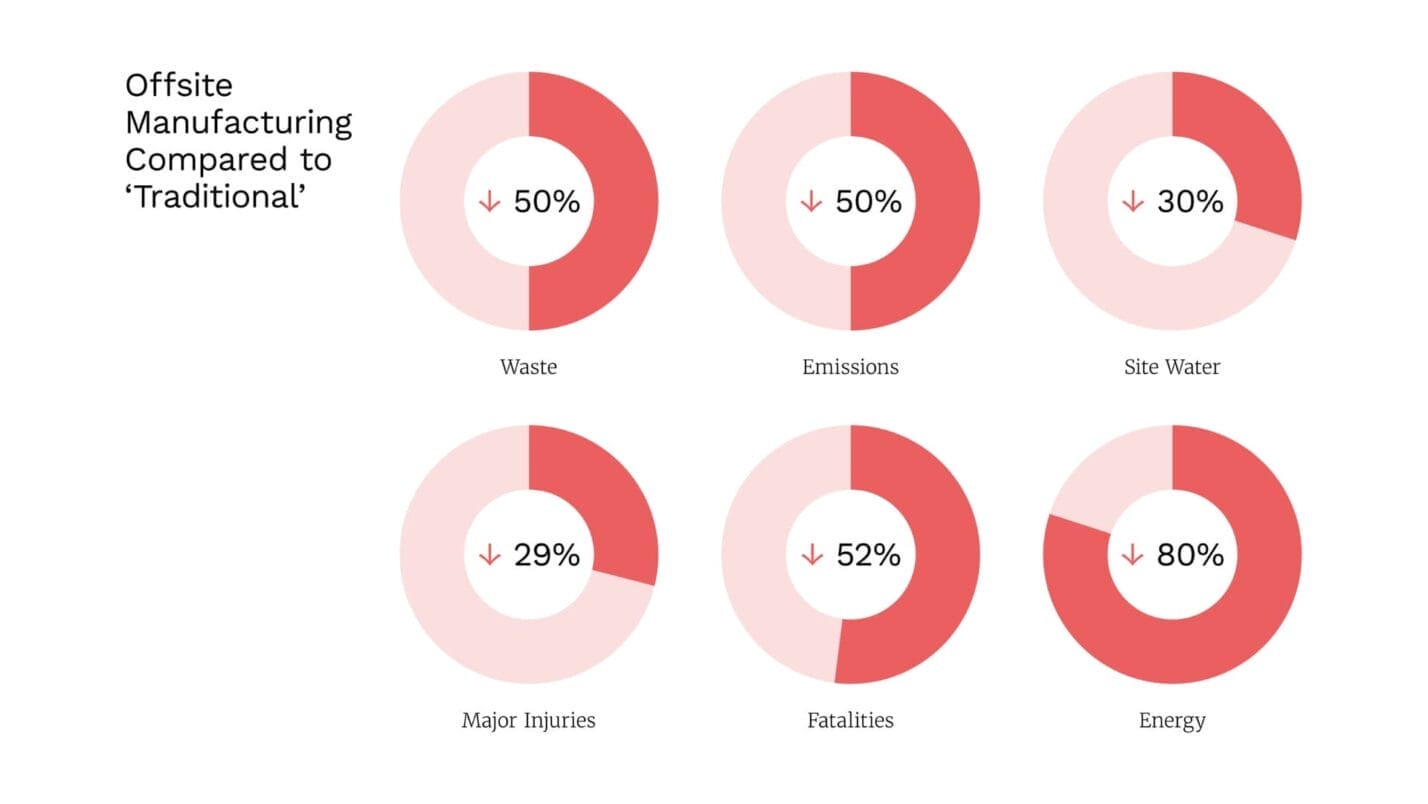
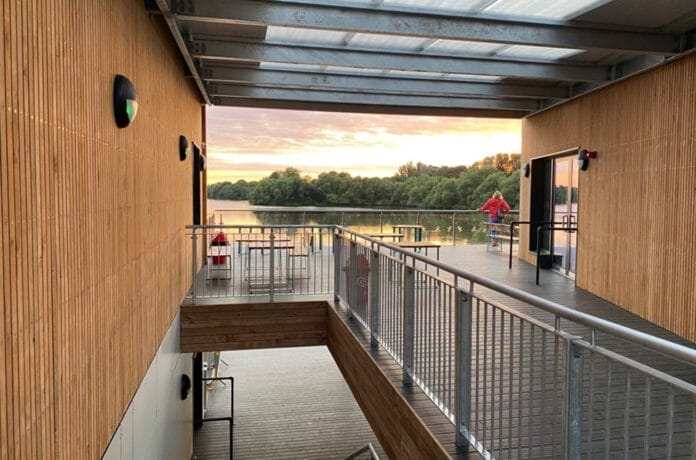
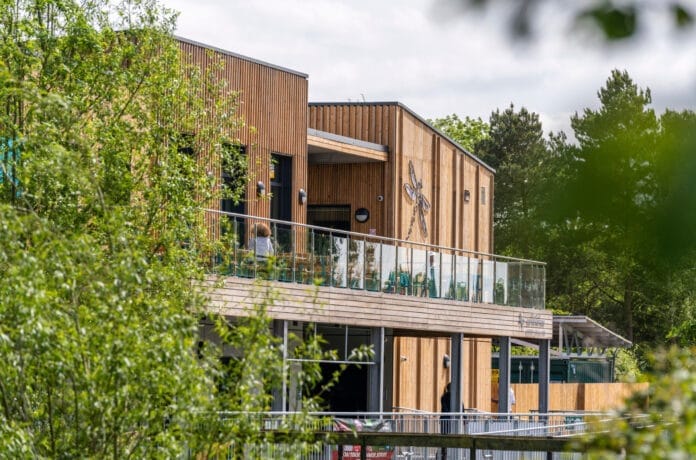
Our Design Approach
To truly realise the benefits of modern methods of construction, designers, manufacturers and contractors need to embrace digital collaboration.
Unusually for architects, HLM entirely embraces offsite manufacture, believing this to be a safer, faster, greener, leaner, and better quality way to make buildings. Our experience across all of our seven sectors is informing our own ‘Think: Offsite’ initiative. This is our commitment to consider how each project could be delivered using offsite manufacture as our primary delivery approach. We are now developing digital tools which make us more efficient in the way we produce information for offsite manufacture for construction.
Consequently, we are moving towards a common platform approach to design. This means creating libraries of building components, some of which are assemblies of multiple components, to make standard building elements such as stairs, lift shafts, rooms, walls and door sets etc. Collaboration with contractors and their supply chains, as we did at Wellingborough Prison, enables the creation of a ‘kit of parts’ that
reflects preferred approaches to construction that are affordable and reliable. Assembling buildings using this ‘kit’ will always produce the most efficient and robust approach to design and construction. We’re working in a collaborative digital environment where models and components are shared is essential to realise these benefits. This is the position we need to get to across our industry.


DfMA
Design for manufacture and Assembly (DfMA) is a formal design approach that focuses on designing for ease and efficiency of manufacture and assembly.
We believe that DfMA is a prerequisite for considering MMC, especially offsite solutions and fully embrace its aims by managing interfaces, reducing material use, minimising the number of individual components, simplifying details and eliminating clashes.
Indeed, we are now looking beyond DfMA to consider how projects can be maintained, disassembled and reused in order to input to a circular economy and deliver on the sustainability agenda to address the climate challenge.
Early engagement and collaboration with all team members & supply-chain partners is critical to realise the maximum benefits of DfMA. We encourage the design team to utilise simulation & prototyping to optimise, standardise & digitise the design. This often includes building digital twins, which are a exact replica of the physical building, with added data. They enable design, manufacture, assembly and construction logistics to be tested and refined virtually, before any physical materials
are required.
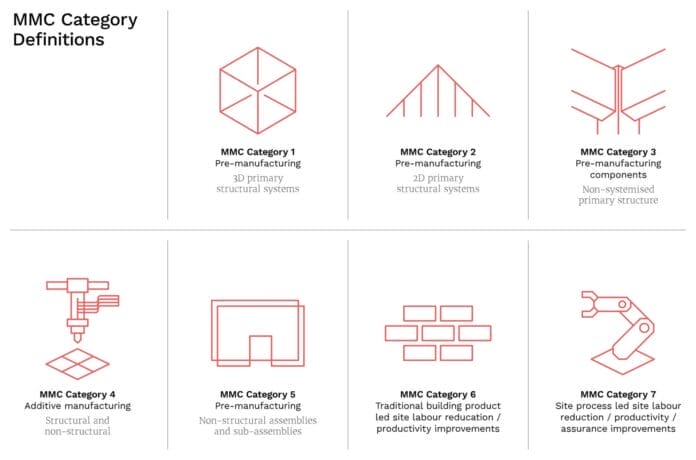
MMC Typologies
There has historically been misunderstanding of terminology relating to MMC, but the MCHLG publication ‘Modern Methods of Construction: introducing the MMC definition framework’ seeks to provide clarity relating to what MMC means. Initially produced to relate to Housing projects, the definitions are also applicable to other sectors. Providing seven types, the MMC framework outlines that MMC is not just about new ways of physically constructing buildings but also extends to innovation with traditional construction materials and methods, including digital techniques.
Our projects
For over twenty years, we’ve pioneered offsite construction and in this time have delivered thousands of dwellings for the Ministry of Defence, multiple prisons for the Ministry of Justice, and thousands of school places for the Department for Education, as well as offices, healthcare facilities and hotels. In the process we have become a trusted partner for manufacturers and contractors alike who recognise that we embrace the concept and benefits of Offsite and Modern Methods of Construction (MMC). Download our brochure below to find out more.
